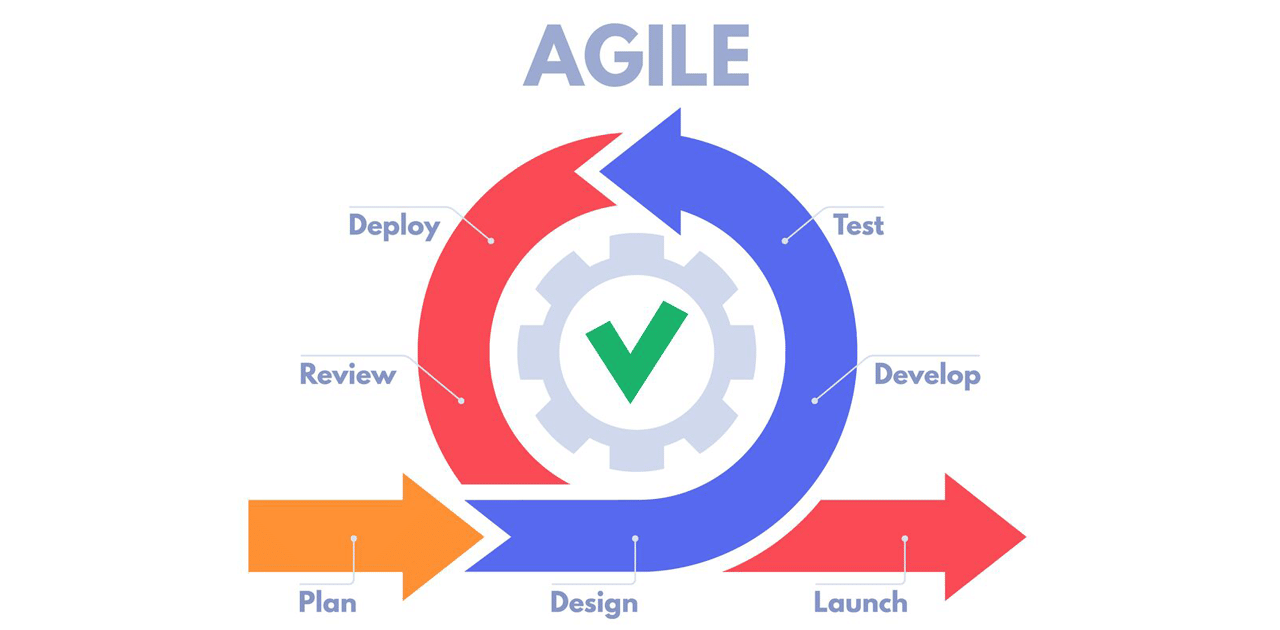How can you design software architecture that minimizes technical debt and maintenance costs?
- Understand the business goals and user needs
- Choose the right technologies and frameworks
- Apply agile principles and practices
- Design for modularity and reusability
- Document and communicate the architecture
- Monitor and evolve the architecture
Understand the business goals and user needs
The first step in designing a software architecture that minimizes technical debt is to understand the business goals and user needs that drive the software development. By aligning the architecture with the value proposition and the user expectations, you can avoid unnecessary complexity, over-engineering, and feature creep. You can also prioritize the most important and frequently used functionalities and design them with high quality and scalability.
Choose the right technologies and frameworks
The second step in designing a software architecture that minimizes technical debt is to choose the right technologies and frameworks that suit the project requirements, the team skills, and the budget. By selecting the appropriate tools and platforms, you can leverage existing solutions, avoid reinventing the wheel, and reduce the learning curve. You can also evaluate the trade-offs, risks, and benefits of different options and make informed decisions based on the best practices and standards.
Apply agile principles and practices
The third step in designing a software architecture that minimizes technical debt is to apply agile principles and practices that enable iterative, incremental, and collaborative development. By following agile methodologies, you can deliver working software frequently, respond to changing requirements, and incorporate feedback from stakeholders and users. You can also use agile techniques such as test-driven development, refactoring, continuous integration, and continuous delivery to ensure quality, reliability, and consistency of the code.
Design for modularity and reusability
The fourth step in designing a software architecture that minimizes technical debt is to design for modularity and reusability. By dividing the software into smaller, independent, and cohesive modules, you can improve the readability, maintainability, and testability of the code. You can also reuse existing components, libraries, and services to avoid duplication, inconsistency, and dependency issues. You can also follow the principles of loose coupling and high cohesion to reduce the coupling between modules and increase the internal cohesion of each module.
Document and communicate the architecture
The fifth step in designing a software architecture that minimizes technical debt is to document and communicate the architecture. By creating clear, concise, and comprehensive documentation, you can capture the rationale, assumptions, and decisions behind the architecture. You can also explain the structure, behavior, and interactions of the components, as well as the non-functional requirements, constraints, and trade-offs. By communicating the architecture to the team members, stakeholders, and users, you can ensure a common understanding, alignment, and agreement on the architecture.
Monitor and evolve the architecture
The sixth step in designing a software architecture that minimizes technical debt is to monitor and evolve the architecture. By measuring and evaluating the performance, quality, and usability of the software, you can identify and address any issues, gaps, or opportunities for improvement. You can also collect and analyze feedback from stakeholders and users to validate and verify the value and satisfaction of the software. By adapting and updating the architecture to the changing needs, expectations, and environment, you can ensure the relevance, sustainability, and scalability of the software.
Benefits Of Agile Principles And Practices
- Adaptability: Agile methodologies promote adaptability by breaking down projects into smaller, manageable chunks. This allows teams to respond to changes in requirements, technology, or market conditions more effectively.
- Faster Time to Market: By focusing on iterative development and delivering working software in short iterations, Agile methodologies enable quicker delivery of features and functionalities to end-users.
- Customer Satisfaction: Agile methodologies emphasize customer collaboration and feedback, ensuring that the delivered software meets the customer’s expectations and requirements. This results in higher customer satisfaction and retention.
- Improved Quality: Continuous testing and integration practices in Agile methodologies help in identifying and addressing issues early in the development process, leading to higher quality software.
- Enhanced Team Collaboration: Agile methodologies encourage close collaboration among team members, including developers, testers, designers, and product owners. This fosters a sense of ownership and collective responsibility, leading to better teamwork and productivity.
- Reduced Risk: Agile methodologies mitigate project risks by breaking down work into smaller increments, allowing for early detection and mitigation of potential issues.
Strategies for Agile methodologies
Modular Architecture: Design the software architecture using a modular approach, breaking down the system into smaller, independent components. This allows for easier maintenance and updates without affecting the entire system.
Continuous Refactoring: Incorporate continuous refactoring practices into the development process to address technical debt regularly. This involves revisiting and improving code and design to keep it clean, maintainable, and scalable.
Automated Testing: Implement automated testing practices, including unit tests, integration tests, and regression tests, to ensure the stability and reliability of the software. This helps in identifying and fixing issues early, reducing the accumulation of technical debt over time.
Code Reviews and Pair Programming: Foster a culture of code reviews and pair programming within the Agile team to ensure that code is of high quality and follows established coding standards. This helps in preventing the introduction of technical debt and promotes knowledge sharing among team members.
Documentation: Maintain comprehensive and up-to-date documentation of the software architecture, design decisions, and technical debt. This facilitates better understanding and maintenance of the system by current and future team members.
Regular Retrospectives: Conduct regular retrospectives to reflect on the development process and identify areas for improvement, including ways to reduce technical debt and enhance maintainability. Encourage open communication and collaboration among team members to address these issues effectively.

